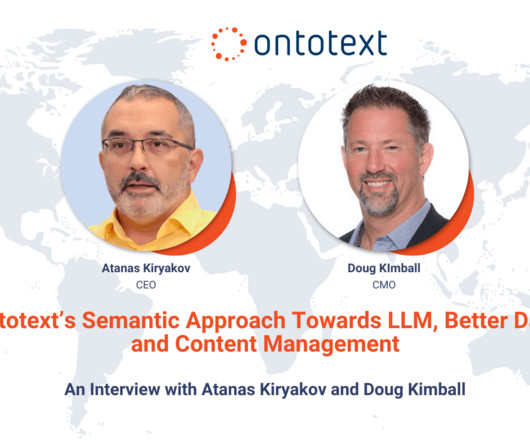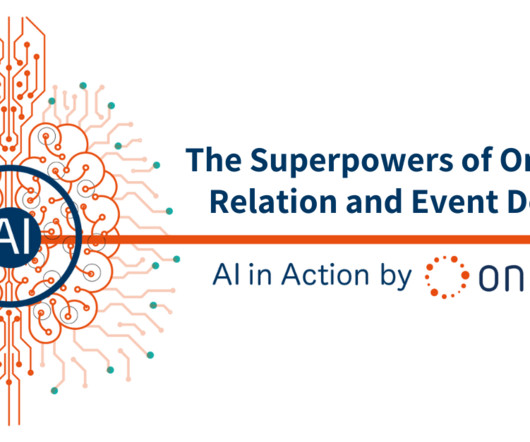The most valuable AI use cases for business
IBM Big Data Hub
FEBRUARY 14, 2024
The IBM team is even using generative AI to create synthetic data to build more robust and trustworthy AI models and to stand in for real-world data protected by privacy and copyright laws. These systems can evaluate vast amounts of data to uncover trends and patterns, and to make decisions.














Let's personalize your content